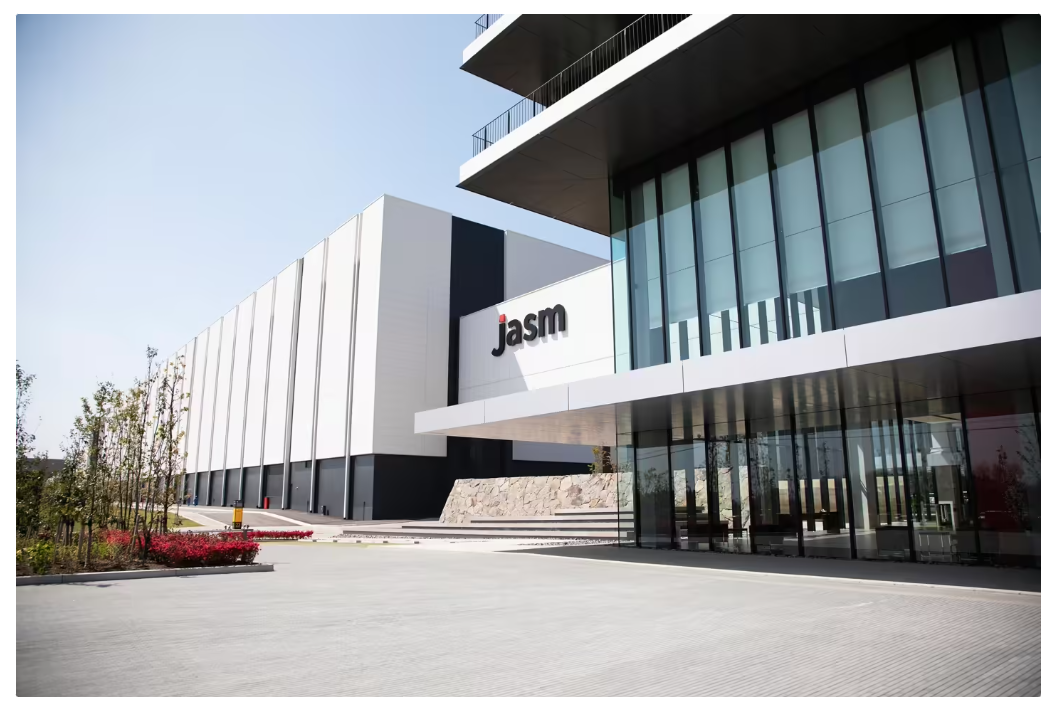发布时间:2011-06-16 阅读量:1263 来源: 我爱方案网 作者:
中心议题:
*日本锂离子电池产地严重损伤
地震、海啸、核危机之后连认真分析日本的毁伤程度也变得很困难。生命损失骇人听闻。基础设施与工业毫无疑问要经历一个长期的回复过程,各种规模的业务所受的影响也需要经历长期调查。
全球汽车市场所受的影响已经广为人知,电子产业也遭遇巨变,因为日本是全球第三大经济体、是电子产品与元器件产量最大的国家之一。日本也是锂离子(Li-ion)等类型电池组件的重要产地。历史上绝大部分电池由日本生产。
电池的很多组件都是独一无二的,很少有第二家来源,因此业界的供应链有一些弱点,如果这些元件中的任何一样供应不足都有可能造成严重的短缺。从单块电池内的组件到大型电力汽车电池全部都在日本生产,因此电池产业和消费类电子产品之类的终端产品都会受到波及。
潜在问题
索尼的情形可能是报道最多、最受关注的。索尼、三洋、松下占锂离子电池供应的很大一部分。福岛两家生产锂离子可充电电池电芯的工厂就属于索尼能源设备(Sony Energy Device),在地震发生后立刻被关闭。这些工厂每周的电芯产量大约为300万块。
电池电芯供应的缩减可能会导致全球市场电池价格的上扬,有可能导致从医疗设备到笔记本电脑在内的一切产品价格上涨。电池产业曾经见识过停产的影响——几年前松下的一家电芯工厂曾发生火灾,在往前几年则是非常公开的笔记本电脑着火事件。
全球只是几家大型电芯生产商,其中一家停产就会带来广泛影响。笔记本着火事件引发了对供应链以及一线采购商分配到大部分电芯的担忧。因为大部分电芯为消费类电子产品所用,对军事、医疗、工业应用等小型采购方的影响会比高价更严重——戴尔和惠普买下大多数电芯之后是不是还能满足基本供应需求让人非常担忧。日本此次的灾难还没造成这种影响,但存在着这样的可能性。
智能电池、电子燃油表的核心电子元器件以及与之搭配的安全芯片也在日本生产。德州仪器是这类芯片的最大供应商。德州仪器的“Impedance Track”产品线由该公司的模拟设备业务部生产,占据着现代智能电池市场的一角。
德州仪器在3月14日宣布日本的地震对该公司位于美惠——东京西北40公里处——的晶圆厂造成了严重损伤。按营收计算,该晶圆产的产品占德州仪器2010年全部产出的10%,其中有超过三分之一是DLP,剩下的全是模拟设备。恢复全面生产最早得到今年7月中旬。
熟悉电池行业的人都知道,芯片的配给并不少见,28周的交货期多很多部件来说稀松平常,所以这次的自然灾害很有可能对供应链造成更大的挑战。
虽然很多锂电池电芯和封装制造从日本转移到了中国,很多电芯内部使用的主要材料例如正极和负极粉、隔膜、电解质、黏结剂等仍然几乎全部由日本特定工厂生产,这就可能引发更大的问题。
例如吴羽化工(Kunreha) 生产全球锂电池中70%的负极凝胶剂,而它唯一的材料生产地就在福岛的易威奇工厂,这一地区受地震、海啸和辐射泄漏的影响非常大,自地震后就已经关闭了。吴羽化工的 CEO Takao Iewasaki 在接受《华尔街时报》采访时表示,灾难加速了工厂将制造迁往海外的计划。
轮流停电也一直是担心的问题。由于核电产的关闭,日本最大的电力公司东京电力公司(TEPCO)和仙台的Tohoku电力公司正在相应地区实施轮流停电,TEPCO为东京和周边的7个人口众多的县提供电力,其中包括神奈川县、札幌县和千叶县。
德州仪器宣布有计划地重新启动其工厂的生产,从5月开始,陆续启动数条生产线。然而,由于电网不稳定、频繁重启将不利于半导体设备维护,这一计划也可能被推迟。回复电池生产,发挥全部产能的努力,将取决于不明朗的和核危机如何持续。
全局
日本正面临二战后最严重的危机以及历史上最严重的自然灾害之一。灾难失踪和死亡人数达2.8万,政府估计仅仅物质损失就达3000亿美元,是全世界迄今未知造成损失最大的自然灾害。和其它问题相比,消费电子设备的锂电池生产遇到的问题算是小问题。但许多利基市场遭受到的损害和锂电池生产类似,从这一点来看,全球复苏将持久且复杂。
下一页原文参考:The Battery Industry Struggles In The Earthquake’s Aftermath
Author:Robin Tichy
It's difficult to even contemplate the extent of destruction in Japan after the earthquake, tsunami, and nuclear crisis. The loss of life and livelihood is horrifying. There will undoubtedly be a long recovery process for infrastructure and industry, and there is a long discovery process for the implications on businesses large and small.
While the effect on the global vehicle market has been well publicized, there has also been a great upheaval in the electronics industry since Japan is the world’s third largest economy and one of the highest volume producers of electronics goods and components. Japan is a crucial site for the manufacture of many parts for lithium-ion (Li-ion) and other battery packs. Historically, most cells have been made in Japan.
Many parts in batteries are unique and rarely dual-sourced, so the industry has several weak points in the supply chain and the potential for massive shortages if any one part is unavailable. Everything from parts inside the individual cell to full large-scale electric vehicle packs are manufactured in Japan, so the effect on the battery industry and end products like consumer electronics will be far reaching.
Potential Problems
Sony’s situation is probably the best publicized and the most notable. Sony, Sanyo, and Panasonic make up a very large part of the Li-ion cell supply. Two factories that produce Li-ion rechargeable battery cells in Fukushima belong to Sony Energy Device, and they were immediately shut down after the earthquake. These factories probably manufacture about 3 million cells a week.
The decrease in battery cell supply may lead to a rise in battery price on the global market, which could translate into more expensive prices for everything from medical equipment to laptop computers. The battery industry has seen the effect of halted production before—after a fire at a Panasonic cell factory a couple years ago, and after the very public laptop fires a couple years before that.
There are only a few large cell manufacturers, and the effect of having one of them lose capacity is far reaching. The laptop fires led to concern about supply and the allocation of large amounts of cells to the top tier customers. Since most cells are used by large volume consumer electronics, the effect on smaller customers, like those with military, medical, and industrial applications, was worse than higher prices—overall availability was a large concern after Dell and HP bought up most of the cell supply. We have yet to see this effect from the Japan disaster, but it is a possibility.
Key electronic components in smart battery packs, the fuel gauge, and its accompanying safety chip are also manufactured in Japan. Texas Instruments (TI) is the biggest supplier of these chips. TI’s Impedance Track line of gas gauges, manufactured by the company’s analog devices group, has a corner on the modern smart battery market.
TI announced on March 14 that the earthquake in Japan badly damaged the company's semiconductor fab in Miho, about 40 miles northwest of Tokyo. This fab produced about 10% of TI’s output as measured by revenue in 2010, of which more than a third was digital light projection (DLP), but the remainder was analog devices. There are not plans to return to full production at this plant until the middle of July at the earliest.
Those familiar with the battery industry know that it is not uncommon to have the silicon on allocation; 26-week lead times were already common for many parts, so this natural disaster has the potential to lead to an even more challenging supply chain.
While much of the Li-ion cell and battery pack manufacturing has been moved to China from Japan, many of the key materials within the cell, such as the anode and cathode powder, the separator, electrolytes, and binders are still almost exclusively made at specific plants in Japan. This could be the bigger problem.
For example, Kureha has a 70% share of the global market for an anode binder used in Li-ion batteries. The only place where Kureha makes this material is at its Iwaki plant in Fukushima prefecture, an area greatly affected by the earthquake, tsunami, and radiation leaks. The plant has been shut down since the quake. In an interview with The Wall Street Journal, Takao Iwasaki, Kureha’s chief executive, said the disasters would accelerate the company’s plans to move more of its production overseas.
Rolling blackouts are still an ongoing concern. Tokyo Electric Power Company (TEPCO), Japan’s largest electric utility, and Tohoku Electric Power Company, based in Sendai, have structured rolling power cuts throughout their areas of coverage because of reduced supply with the shut-down nuclear facilities. TEPCO supplies electricity to Tokyo and seven surrounding prefectures with relatively large populations, including Kanagawa, Saitama, and Chiba.
TI announced it plans to restart production at its plant in stages, beginning with several lines in May. However, the company stated that the schedule could be delayed if the region’s power grid is unstable or if further complications prevent the restart of sensitive semiconductor equipment. Efforts to get the battery industry back up and running at full capacity depend on the unfolding nuclear crisis.
The Big Picture
Japan is facing its worst crisis since World War II and one of the worst natural disasters ever. Almost 28,000 are dead or missing and the government estimates the material damage alone could top $300 billion, making it by far the world’s costliest natural disaster. Li-ion battery manufacturing for consumer electronics is a relatively small problem given the scope of other issues. But when one considers that there are probably many niche industries being affected similarly, it seems that the world will have a long and complicated recovery.

近日,日产汽车和总部位于英国的自动驾驶初创公司Wayve签署协议,合作开发基于人工智能的驾驶辅助系统。

京东开启招聘存算一体芯片设计工程师计划,薪酬高达“40K-100K*20薪”

日本芯片制造商铠侠(Kioxia)计划于2026年在其岩手县晶圆厂开始生产新一代NAND闪存芯片。

一系列诉讼指控芯片制造商英特尔、AMD及德州仪器公司,未能有效阻止其技术被用于俄罗斯制造的武器。

台积电日本子公司JASM熊本第二晶圆厂在 10 月下旬启动后近期处于暂停状态,重型设备已撤出工地